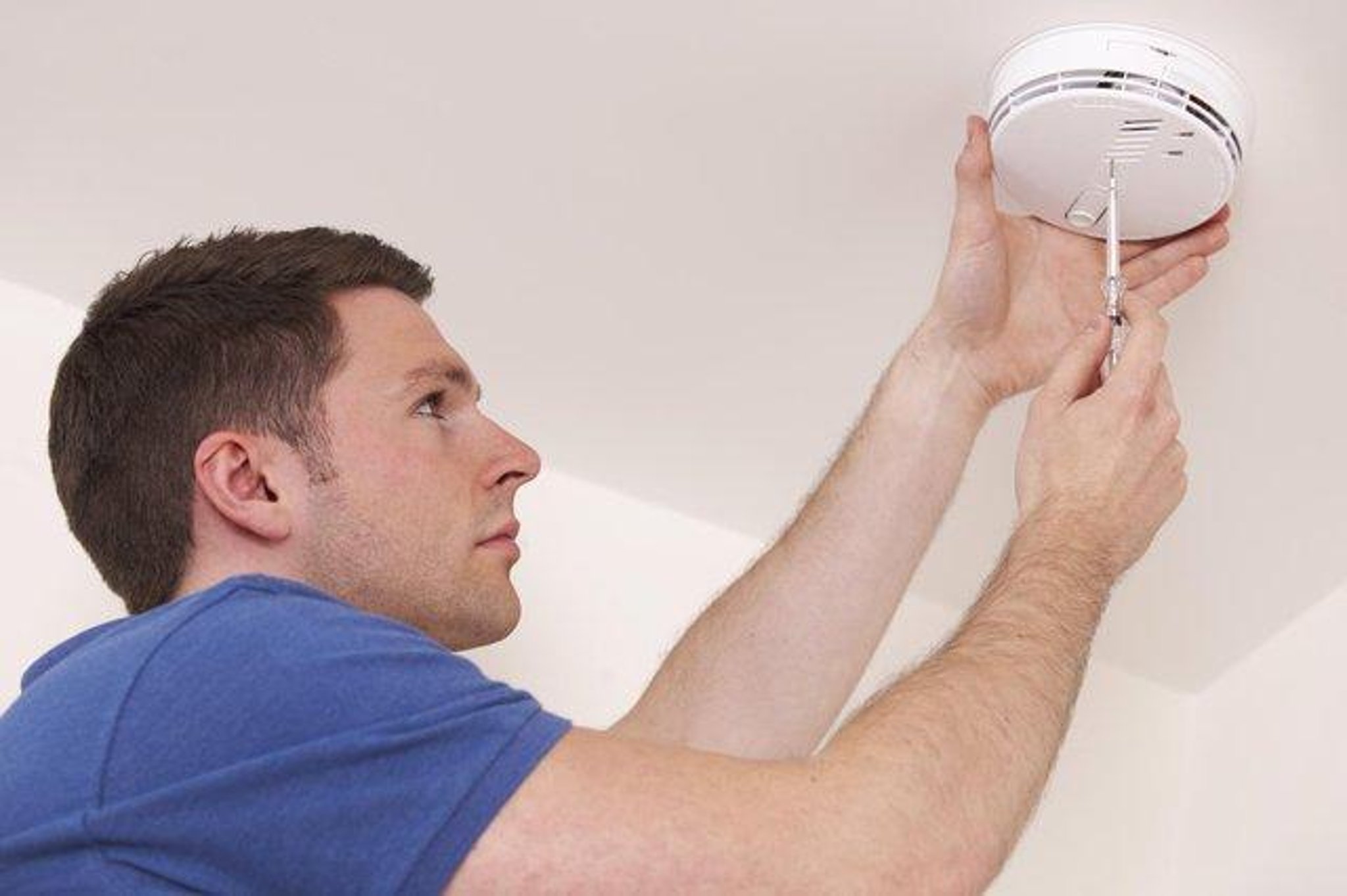Fire alarms and detection systems have several components, including Cross Zone Detection and Evacuation Signal, Initiating devices, and a Fire alarm control unit. Before you get a fire alarm, however, you should know the components of the system. A fire alarm is not complete without an Indicating appliance, and these appliances trigger an alarm through sound. Some are louder than others, but the main purpose of fire alarms is to warn the occupants of a fire in the vicinity.
Cross Zone Detection and Evacuation Signal
A cross-zone detection system involves two different fire detectors that need to activate simultaneously. It can also be cross-zoned by using spot-type photoelectric smoke detectors. A dual-zone system eliminates the possibility of a false alarm by detecting both smoke and heat. It also helps to offer the earliest possible warning in mission-critical facilities.
When a building alarm system triggers an alarm, the first part of the signal will sound an evacuation signal or general alarm. This type of signal is called a pre-signal and must be approved by the fire department and code official. Training personnel must monitor it at a central location for 24 hours. It must also send a separate signal to the fire department when an alarm occurs in the building’s smoke zone.
Initiating Devices
Fire alarms and detection systems can have different types and components of fire protection systems such as automatic and manual fire protection systems. Automatic initiating devices are usually manual pull-down stations activated by a person, which are required in most commercial buildings.
The initiation devices are two types: manual and automatic. Manual pull stations require that the person pulling the lever manually pushes a button. Automatic initiation devices use sensors to detect heat, gas, and flame. Addressable detectors can also signal directly to the control panel, enabling emergency services to respond quickly. A fire alarm control unit will automatically send a signal to a central panel, which activates other fire protection system components.
A fire alarm control unit receives input from the various automatic and manual devices in a fire alarm and detection system. It may also supply power to the detection devices and notification appliances connected to the system. A fire alarm control unit may be local or master. Typically, the control unit will be located at a fire command station, the primary location of fire alarm system operations. When a fire alarm control unit is not in place, the entire system will not function properly. Without these devices, the workflow collapses. The response signal will not be generated, and the fire will go undetected.
Fire Alarm Control Unit
The fire alarm control unit is a vital component of the fire detection and alert system. Its purpose is to enable you to control certain functions, such as the alarm signal and the activation of sprinkler systems. You can also use the fire alarm control unit to monitor other systems, such as elevator recall or door closers. It can also control the smoke control system if required. If you are interested in knowing more about this system component, read our blog.

Indicating Appliances
The fire alarm control panel monitors the status of the entire system. There are generally three states of operation: normal, alarm, and trouble. The normal state means that all appliances are operating normally, no alarms are active, the alarm is not false, and the indicating appliances sound. In an emergency, these indicating appliances should be heard loud enough to alert building occupants. The trouble state indicates that there is a problem with one of the fire alarm system components, but the sound is not loud enough to confuse the actual emergency signal.
Back-Up Power Supply
Back-up power is essential for your fire alarm and detection system, and you should consider getting one with several sources, including emergency generators and batteries. This way, you can ensure that the system will still function if there is a power outage. The generator must be capable of providing sufficient power to maintain the system, and it must also be capable of meeting all supervisory and full load requirements. Additionally, the fire alarm panel must be able to indicate trouble to activate the system. Back-up power requirements vary from manufacturer to manufacturer, but the recommended intervals are three to five years.




